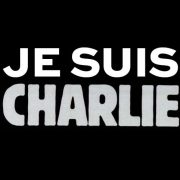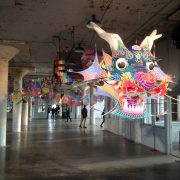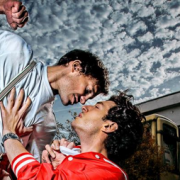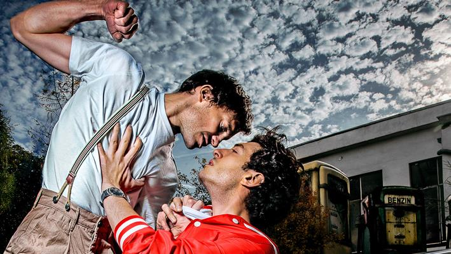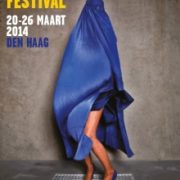Ai Weiwei exposé à Alcatraz, Par Marie-Pierre Poulain
La baie de San Francisco, ses péninsules, ses puissants courants marins, luisent sous le soleil de décembre. Sur le grand ferryboat blanc qui nous emmène à Alcatraz, l’île fortifiée se dessine, assez proche, coiffée d’un long bâtiment blanc ponctué d’un phare.
Des mouettes se jouent de l’air pour venir accrocher en planant des offrandes alimentaires, libres acrobates. Nous approchons du ponton, et nous regardons la silhouette de San Francisco, si proche et pourtant inaccessible, la tour Transamerica Pyramid darde sa pointe, d’autres gratte-ciel se poussent du col, la ronde Tour Coit perchée sur une colline est surplombée par les ouvrages plus récents.
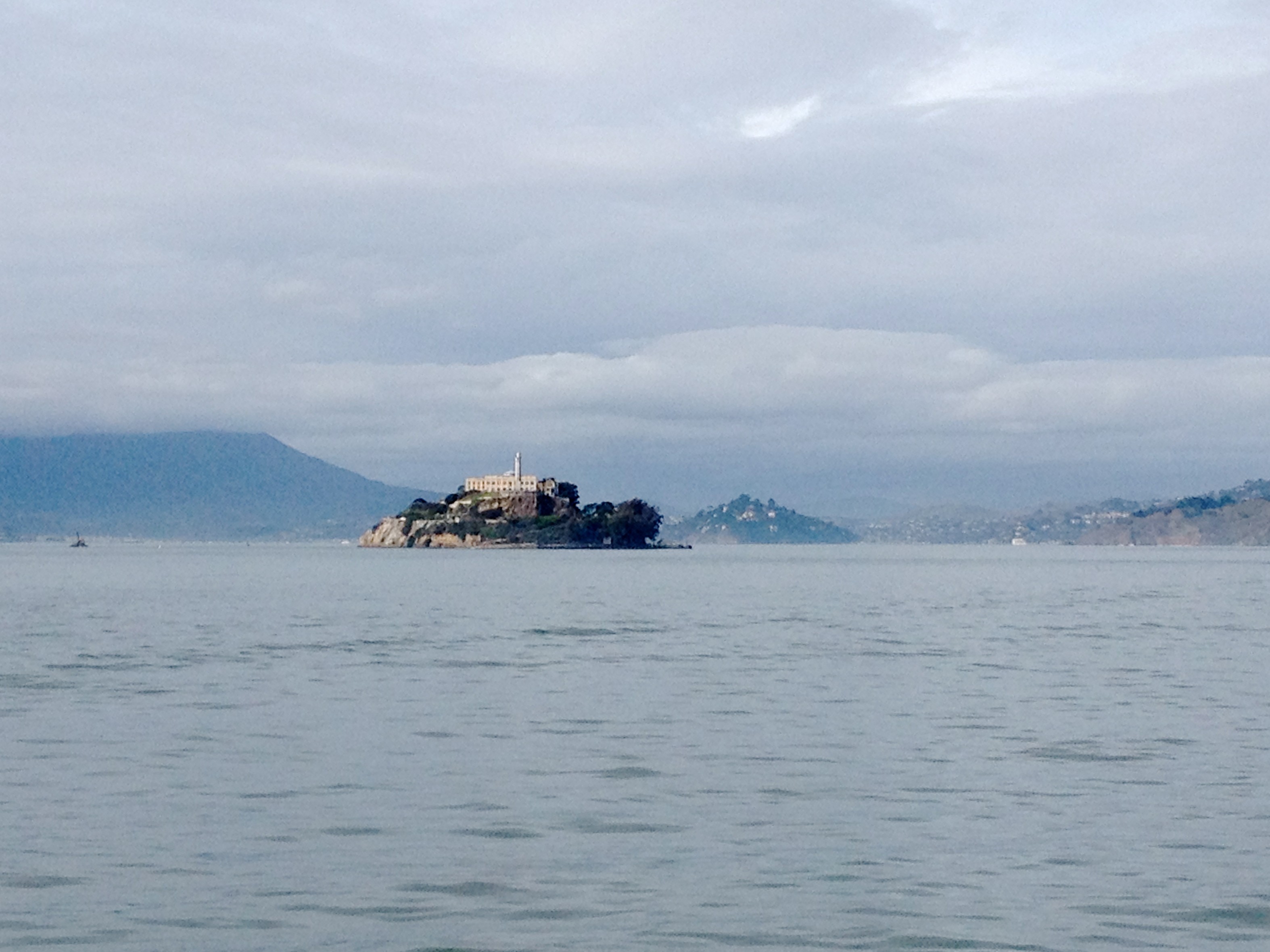
Photos par Marie-Pierre Poulain
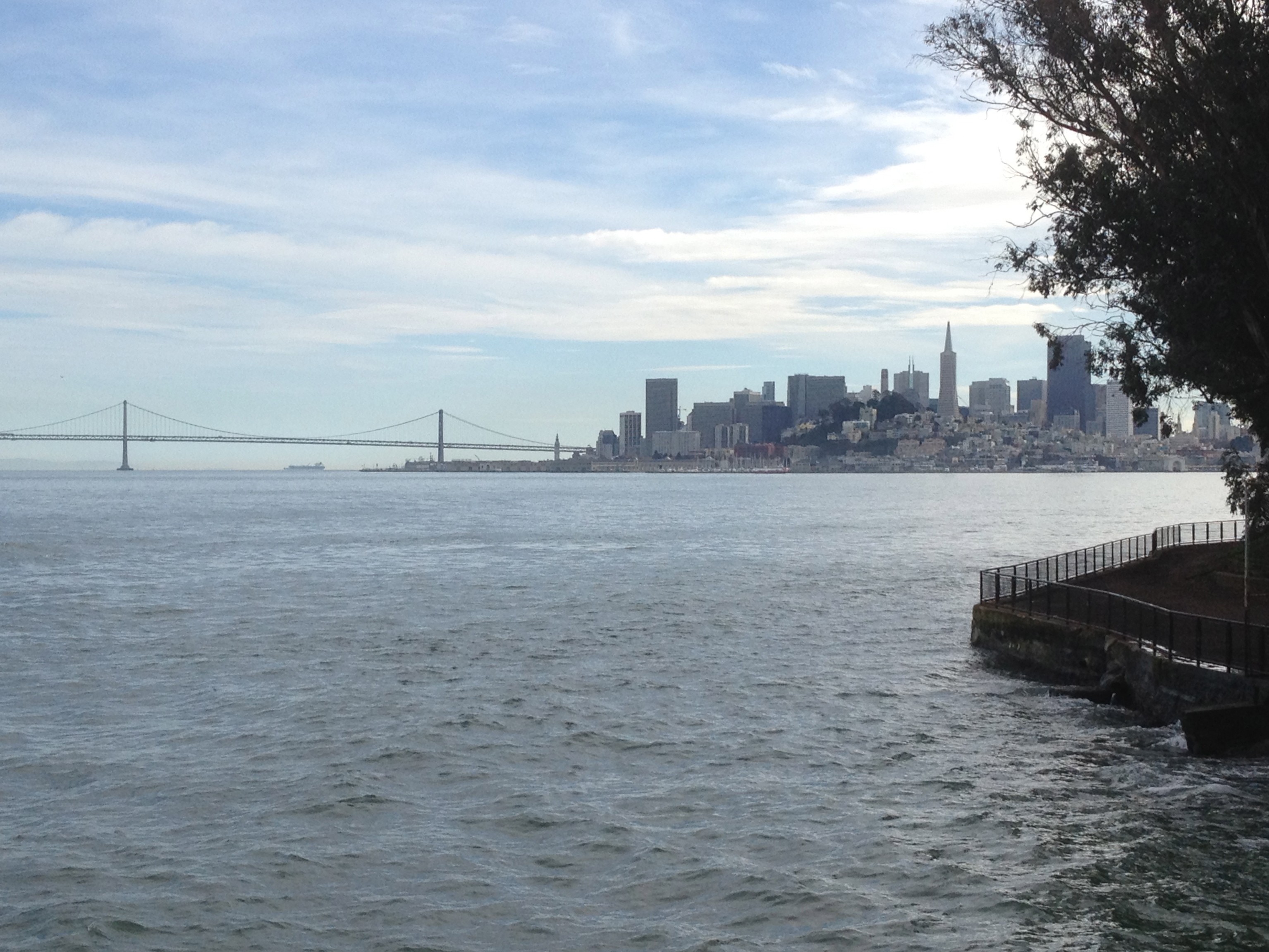
Lieu idéal pour parler de liberté, avec sa colonie d’oiseaux, l’immense océan qui roule autour, et ce relatif éloignement du monde dans une petite île. Comment rompre l’isolement, comment faire circuler l’esprit dans ce lieu hautement touristique où les visiteurs venus du monde entier viennent imaginer ce que c’est que de vivre dans une cellule grillagée, sans espoir de sortie. Alcatraz a créé son mythe renversé, l’obsession de l’évasion, sujet de livres et de films. Une autre île, plus grande, plus loin de la côte, une île de relégués devenue l’île des forçats de l’apartheid, celle de Robben Island, suscite chez ses visiteurs la même angoisse, celle d’un enfermement sans issue que la plupart n’ont pas connu. C’est le début de la leçon.
Le regard erre en débarquant, et tombe sur un graffiti préservé: “Indians Welcome…” C’est que six ans après la fermeture de la prison en 1963, l’île d’Alcatraz a été revendiquée et occupée 19 mois par les amérindiens comme un territoire autonome. La suite du texte est recouverte d’une sévère pancarte noire et blanche: “United States Penitentiary, 13 acres, 1 1/2 miles to transport dock, only governments boats permitted, others must keep off 200 yards, no one allowed ashore without a pass”.
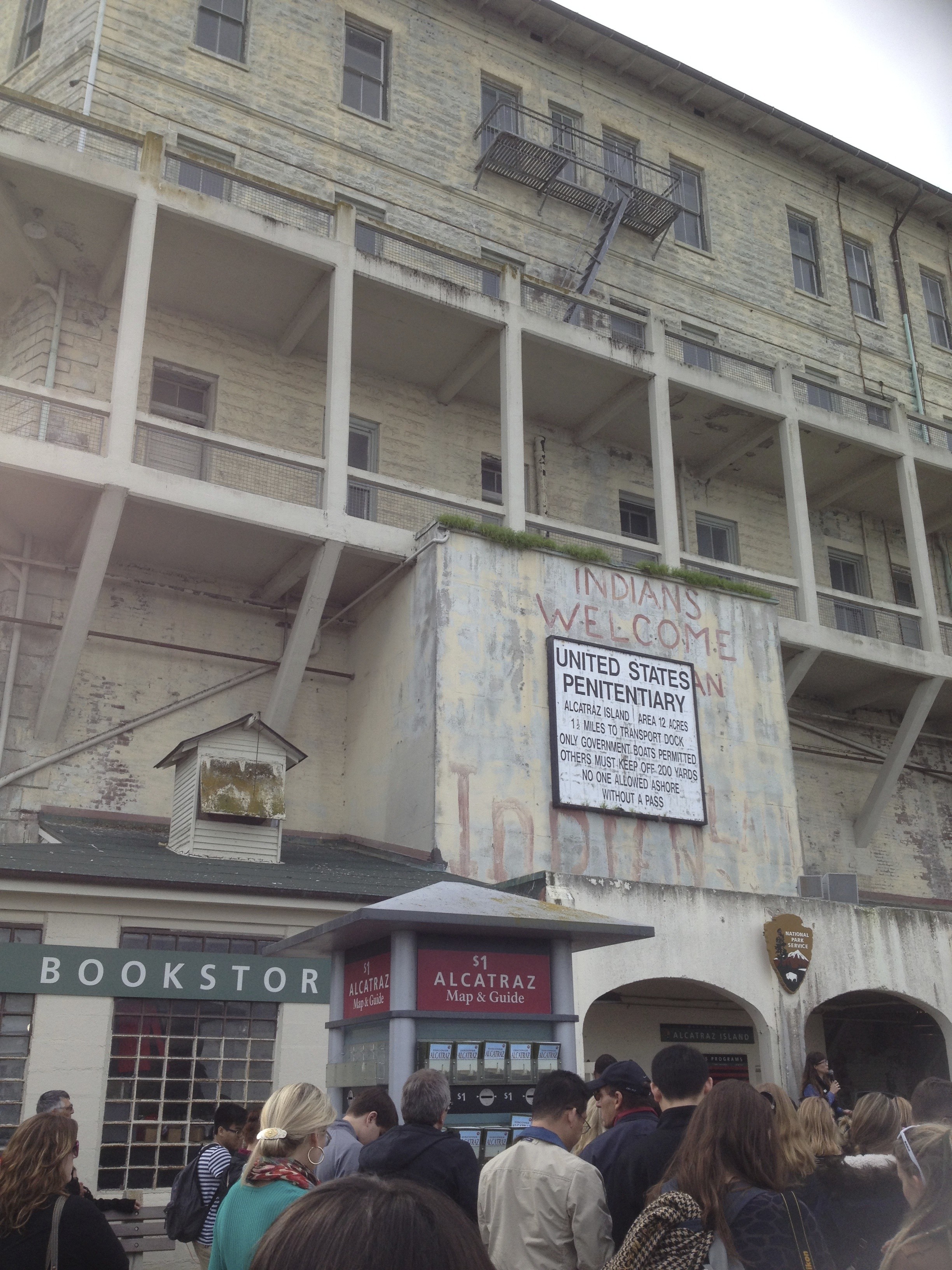
Ai Weiwei, enfermé dans la prison géante de son pays, délivre dans l’île sans évadés un message de jeu et de liberté. Tout en haut, dans les salles de l’infirmerie, et ses cellules psychiatriques, la lumière joue sur les blanches fleurs de porcelaine qui débordent des toilettes, des baignoires et des lavabos. Fragiles et virginales offrandes là où devait suinter une eau plus sombre.
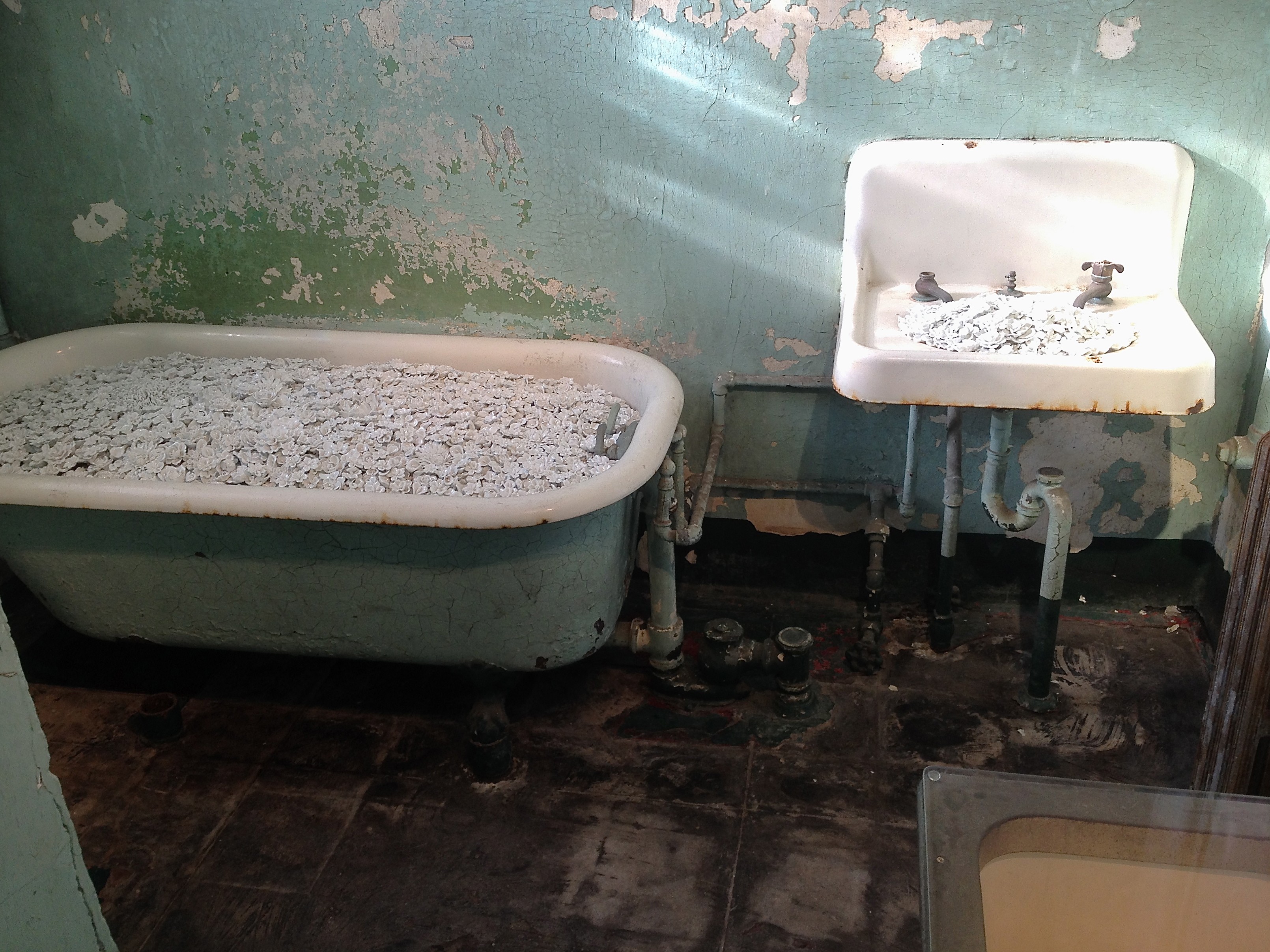
A l’étage principal, les blocs de détention, longues galeries bordées de cages grillagées, avec lit étroit et point d’eau exposés, en rang d’oignon. La perte de l’intimité autant que de la liberté. On croit entendre les grilles tinter, et sur ce bruit fantôme les cellules du dernier couloir font entendre musique, poésie et discours de tibétains jugés séparatistes, des Pussy Riots, de Fela Kuti et de Martin Luther King. Ce sera le thème essentiel de cette visite carcérale: tous ceux qui ont risqué ou perdu leur liberté ou leur vie pour augmenter la liberté des autres.
Un bâtiment industriel, plus loin dans l’île, héberge un dragon suspendu aux couleurs de l’arc en ciel dont les flancs sont ornés de citations de Mandela à Snowden, et dont les méandres mènent à des tapis de legos représentant une infinité de prisonniers d’opinion. En contrebas d’une galerie, on voit à travers des vitres poussiéreuses des formes d’ailes métalliques, panneaux solaires rouillés, auxquelles pendent des ustensiles traditionnels tibétains. Tout ici proteste, et se joue de l’espace carcéral.
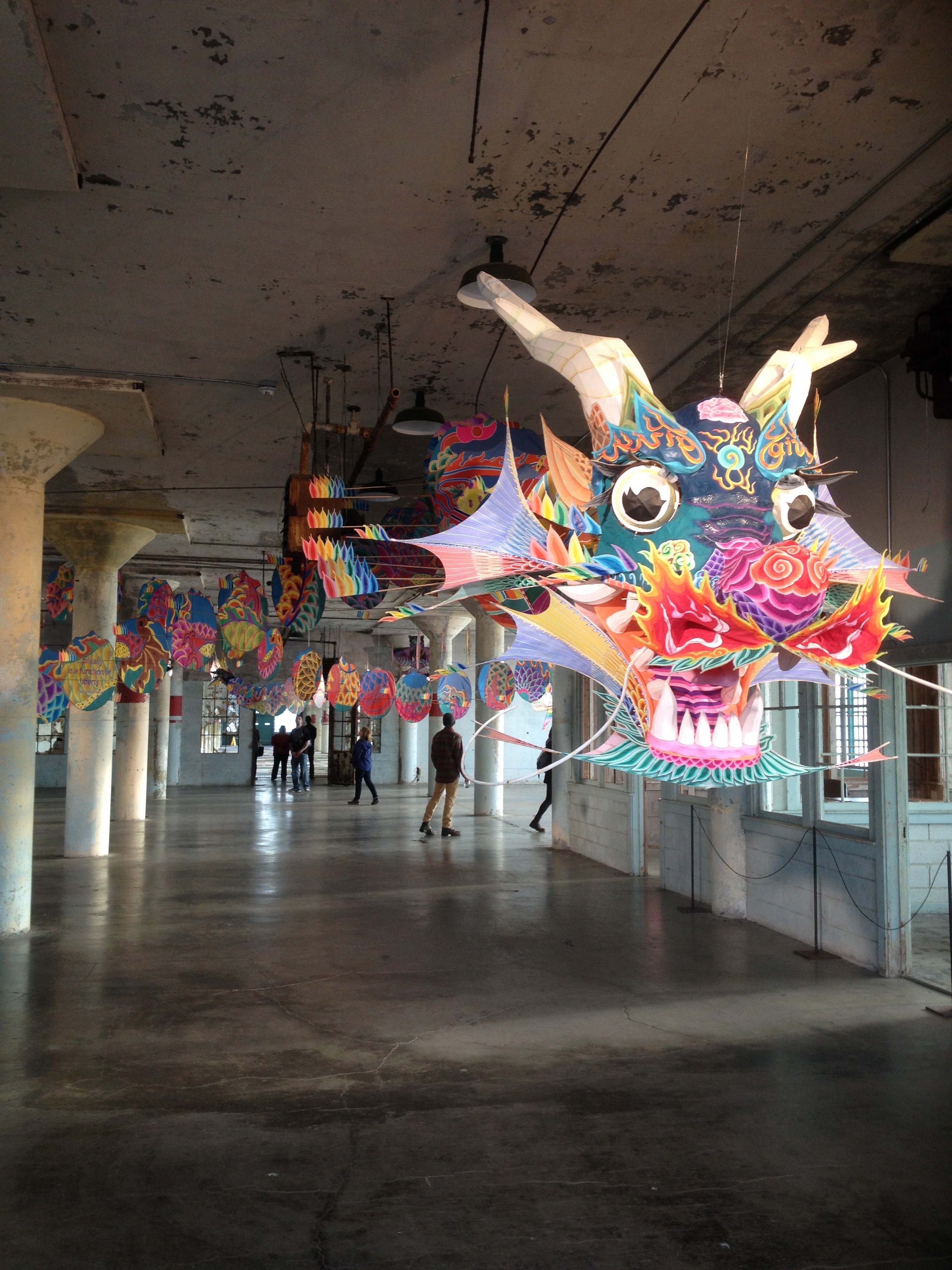
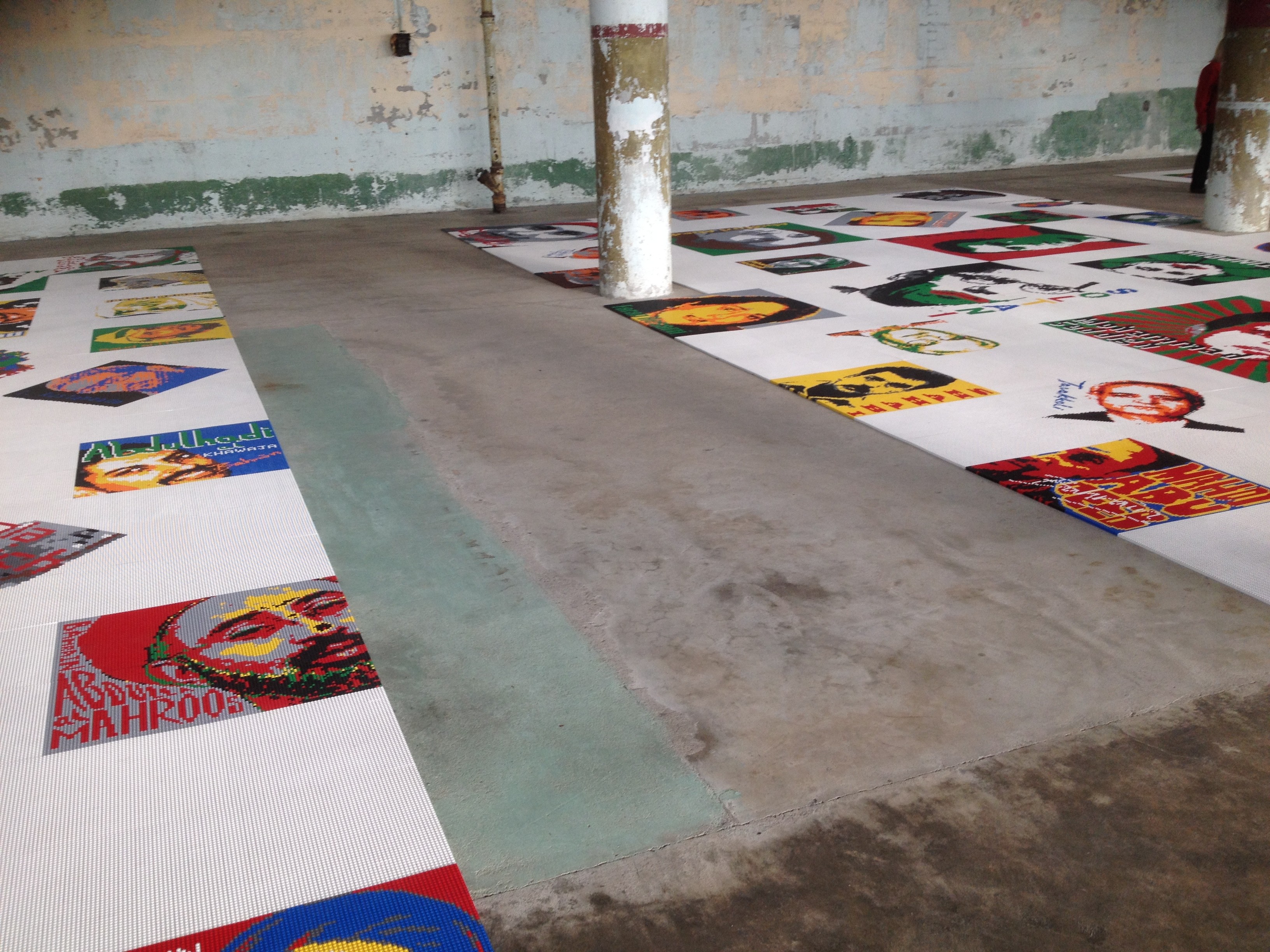
En fin de visite, l’ancienne administration-librairie de la prison accueille maintenant des stocks de cartes pré-adressées à des prisonniers dont certains ne les recevront jamais. Choisir une carte postale selon l’animal qui y est représenté, un cygne au hasard, découvrir quel prisonnier politique en est le destinataire, un prisonnier au Laos dont on n’avait jamais entendu parler. On rédige en fouillant son imagination quelques mots à cet inconnu, comme une bouteille dans l’océan des atteintes aux droits de l’homme. Ce petit devoir d’écolier fait toucher de la plume l’immensité de la tâche, après une visite pleine de couleurs et d’informations sur les prisonniers d’opinion et le devoir d’espérance qu’ils paient de leur liberté de mouvement.
Ai Weiwei a connu l’incarcération. Il sait que l’art et la mémoire survolent les murs des prisons, en préservant la respiration intérieure des dissidents ou des martyrs de toutes les époques et de tous les régimes. Wei-Wei nous fait communiquer avec ces consciences libres derrière leurs barreaux, pour ouvrir les frontières et les geôles.

